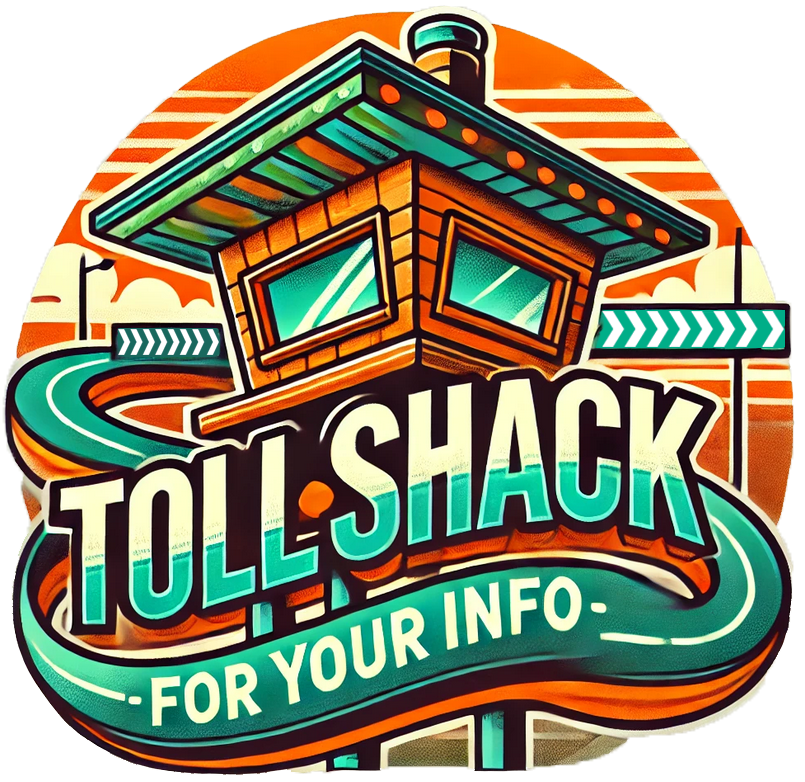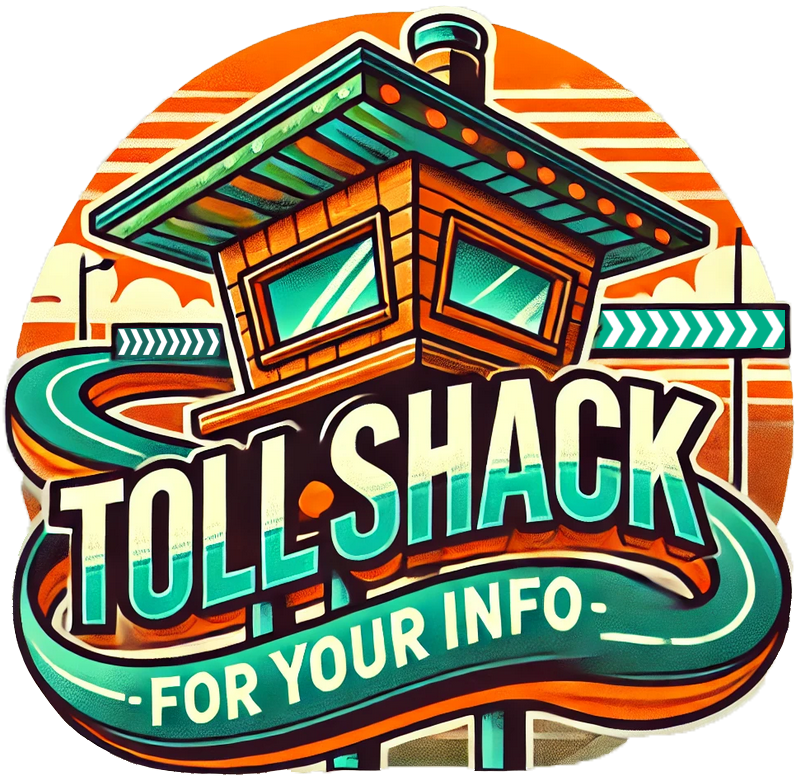Electronic toll collection (ETC) is a technology used to automatically collect tolls from vehicles as they pass through toll roads, bridges, or tunnels without requiring the driver to stop. It uses a combination of communication technologies, cameras, and databases to streamline the toll payment process. Here’s how ETC works:
Components of ETC:
- Transponder (e.g., E-PASS, SunPass):
- Many vehicles have a small device called a transponder mounted on the windshield or license plate. This transponder communicates wirelessly with the tolling system.
- Popular transponder systems include E-PASS (used by the Central Florida Expressway Authority) and SunPass (used by FDOT and other Florida toll roads). Other states and regions have similar systems, like EZ-Pass in the northeastern U.S.
- Toll Gantries and Readers:
- Tolling stations, known as gantries, are positioned over or alongside the road. These gantries have electronic readers that send signals to detect the transponder in the vehicle.
- As the vehicle passes through the toll gantry, the transponder communicates with the reader, and the toll is automatically deducted from the driver’s prepaid account.
- License Plate Recognition (Pay by Plate):
- For vehicles without a transponder, many toll systems also use automatic license plate recognition (ALPR). Cameras installed on the gantry capture an image of the vehicle’s license plate.
- The toll is then billed to the vehicle owner based on the license plate information, often through a system known as Pay by Plate. A bill is sent by mail or the toll is charged to an account linked to the plate.
- Payment Methods:
- Prepaid Accounts: Users with transponders typically set up prepaid toll accounts. The toll is deducted from this account each time the vehicle passes through a toll.
- Post-payment (Pay by Plate): For those without transponders, the toll is billed to the registered owner of the vehicle based on the captured license plate information. In some systems, there may be additional service fees for using Pay by Plate.
Steps in the ETC Process:
- Vehicle Approaches the Toll: As the vehicle moves through the tolling point, it passes under or near a toll gantry equipped with sensors, cameras, and transponder readers.
- Transponder Communication: If the vehicle has a transponder, it communicates wirelessly with the toll system using radio-frequency identification (RFID) technology. The transponder’s unique ID is detected.
- License Plate Capture: If no transponder is detected, cameras capture the vehicle’s license plate number.
- Toll Charge: Based on the transponder or license plate, the system identifies the vehicle and charges the correct toll amount. This happens automatically without stopping.
- Account Deduction/Billing:
- For transponder users, the toll is deducted from their prepaid account.
- For license plate users, a bill is sent to the registered vehicle owner, or payment is processed through an existing account.
Advantages of ETC:
- Convenience: Drivers don’t need to stop or slow down to pay tolls, which reduces congestion at toll plazas.
- Efficiency: ETC reduces the need for physical toll booths and human toll collectors, making the system more efficient.
- Interoperability: In many areas, toll transponders can be used across different states or regions. For example, E-PASS and SunPass work on many toll roads throughout Florida and can even be used in other states with compatible systems.
Common Toll Systems:
- E-PASS: Used by the Central Florida Expressway Authority (CFX).
- SunPass: Managed by the Florida Department of Transportation (FDOT) and used statewide on many toll roads.
- EZ-Pass: Widely used in the northeastern U.S. and other regions.
- Pay by Plate: A camera-based tolling option for users without transponders.
Electronic toll collection makes travel smoother, faster, and more efficient, benefiting both drivers and transportation agencies.









Customer Reviews
Thanks for submitting your comment!